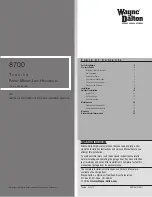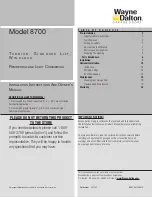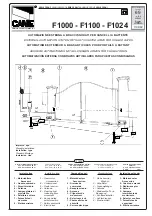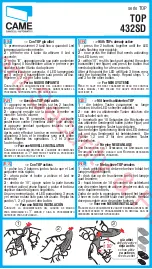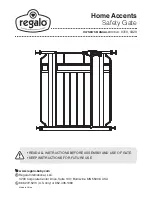
April 2022
Installation, Operation and Maintenance Manual
E-90090007 Rev. 0
34
Section 9: Testing and Troubleshooting
Testing and Troubleshooting
2.
CHECK FOR EXTERNAL LEAKAGE
NOTE:
The assumption below is control components and all joining fittings have been verified
and confirmed that the symptoms (leakage) are not caused by control components and all
joining fittings.
The purpose of the suggestions below is to identify if there is any external leakage from the
operator and the location of leakage.
•
With pressure applied to the operator, check cylinder ends, end stop, drive rod
and/or manual override (if applicable) for leakage.
—
Check the torque value on stay rod nuts if leakage is detected around the
cylinder ends. Tighten if necessary. Replace the seals at the cylinder ends
if leakage continues.
NOTE:
Please refer to Table 6 to identify the recommended torque.
—
Tighten the end stop cover if leakage is around end stop or manual
override (if applicable). Replace the seal if leakage continues.
—
Stroke the operator for a couple times if leakage is around drive rod.
Replace the seal if leakage continues (the seal is likely damaged).
NOTE:
If there is no external leakage and the problem persists, refer to the next section to check
for internal leakage.


























